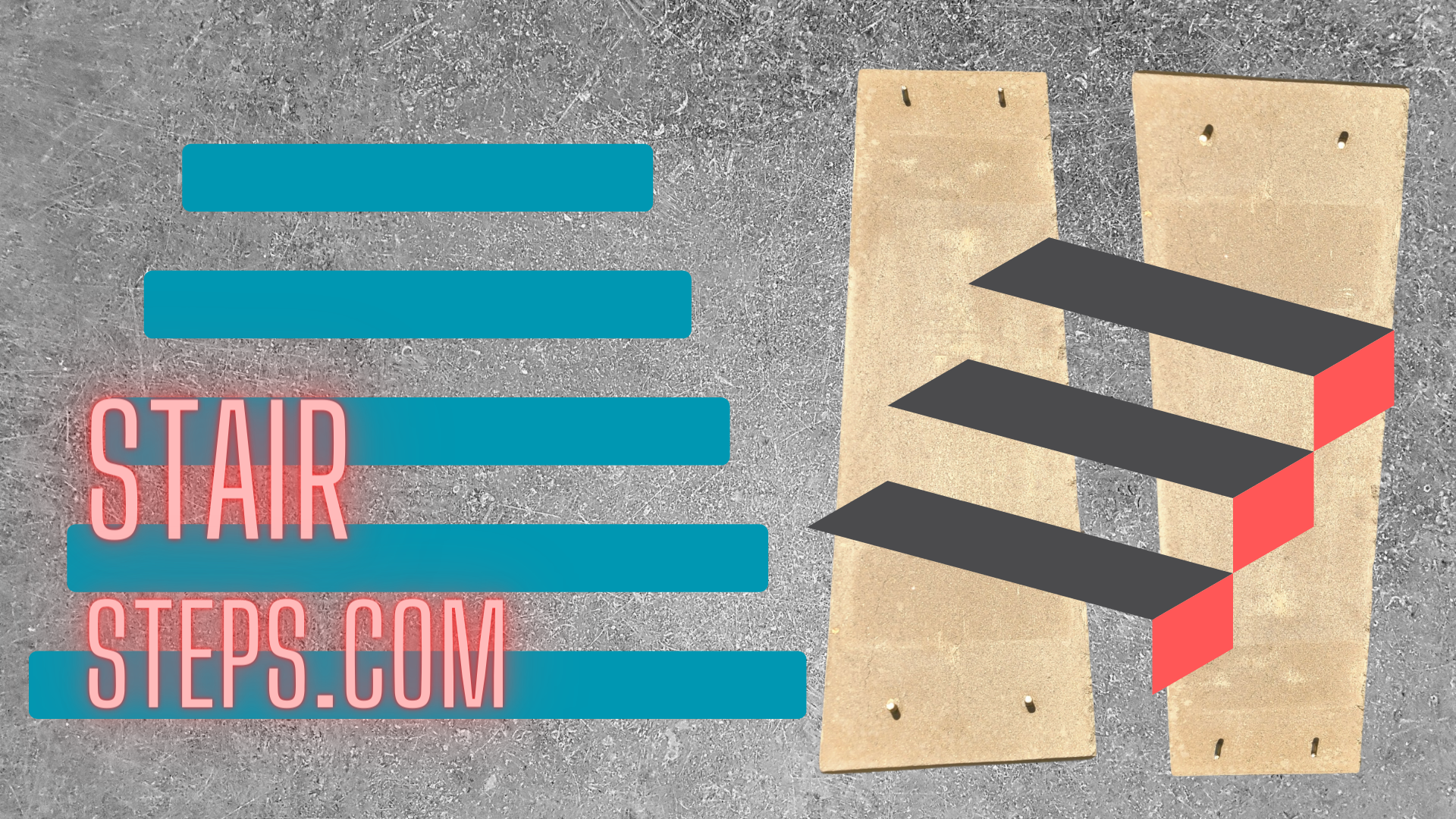How Do I Install My New Stair Treads?
Installing concrete stair treads is an important part of any construction project. Knowing how to properly install them can save you time and effort in the future. It's relatively simple process that requires few tools and materials.
In order for the installation to be successful, it is imperative to ensure the stairs are level and secure before beginning. Once everything is aligned, the riser needs to be set first followed by each individual tread or runner. It's important not to skip any steps during this process as it could potentially lead to a less than stellar final product.
The last step involves reinforcing all components with cement mortar or epoxy adhesive; this will help keep everything together while also reducing noise caused by footsteps on stairs over time. With careful planning and knowledge, concrete stair treads can be quickly installed in no time at all!
Installing concrete stair treads is an efficient construction project that can be completed quickly, even by a novice DIYer. It starts with preparing the riser and the tread of each step. The riser should be flush and level, while the tread should be wide enough for foot traffic. Once everything is ready to go, cut a runner from outside materials such as pressure-treated wood or plastic to fit between the risers. This helps to give extra support and stability for each step.
Next, place a sheet of plywood on top of the stair structure before laying down mortar mix directly on it in order to set up the concrete stair treads. Make sure to trowel evenly so that there are no air pockets for water or other material buildups under your new stairs.
I recently had the opportunity to get up close and personal with a concrete stair tread installation project. It was such an interesting experience, as I usually don't venture into the world of construction projects! But I enjoyed it immensely.
The installation process involved taking measurements of the stairs, cutting individual pieces of concrete to fit each stair riser and tread, placing the pieces on top of each other in order make sure they fit perfectly, adhering them together with adhesive, and then finishing off by capping the ends with a runner for extra protection. There were many steps involved that required keen attention to detail throughout.
In the end, we were able to create a safe pathway from my apartment’s ground floor to its upper levels – one that looks great too!
